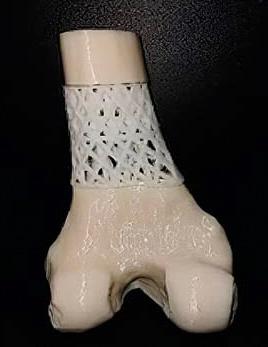

Gaby K
Class of 2026Hallandale Beach, Florida
About
Hello! My name is Gabriella Kucher! My project was about how biominerals could be used in to improve biocompatibility in bone scaffolding. I choose this project because I plan to pursue biomedical engineering in college and wanted to combine it with my passion in geology, specifically mineralogy. In the future, I want to help make devices that are better suited for people and limit any side effects after implantation.Projects
- "Investigating the Advantages of Biominerals Over Synthetic Materials in Bone Scaffold Design for Regenerative Applications" with mentor Anastasia (Oct. 22, 2025)
Project Portfolio
Investigating the Advantages of Biominerals Over Synthetic Materials in Bone Scaffold Design for Regenerative Applications
Started July 2, 2025

Abstract or project description
Biocompatibility is a constant issue that biomedical engineers face when creating devices, specifically long-term implants. The main problems that occur with synthetic materials and metals that are not biocompatible is inflammation, rejection, and infection in the human body, causing many harmful and possibly fatal consequences. Biominerals, naturally formed minerals by any type of organism, are one of the most biocompatible materials since they are formed within an organism. These biominerals can be found on crustacean exoskeletons, shells, limestone, quartz, and even human bones and teeth. The most common biominerals for regenerative medicine are calcium carbonate, silica, hydroxyapatite, and calcium phosphate; these are the four biominerals that will be discussed, reviewed, and described. These biominerals are found to be excellent in bone scaffolding for their osteogenic properties. Each biomineral has its own specialty and skills in bone scaffolding. Hydroxyapatite is currently used for orthopedic applications involving anything related to bone or teeth. Calcium phosphate and silica are applied for their drug delivery systems and ability to promote osteogenesis. Calcium carbonate is also widely accepted to be used in drug delivery systems within the scaffold. This review concludes with a discussion of how biominerals may inform the development of next-generation bone scaffolds, tissue regeneration strategies, and biomedical implants.